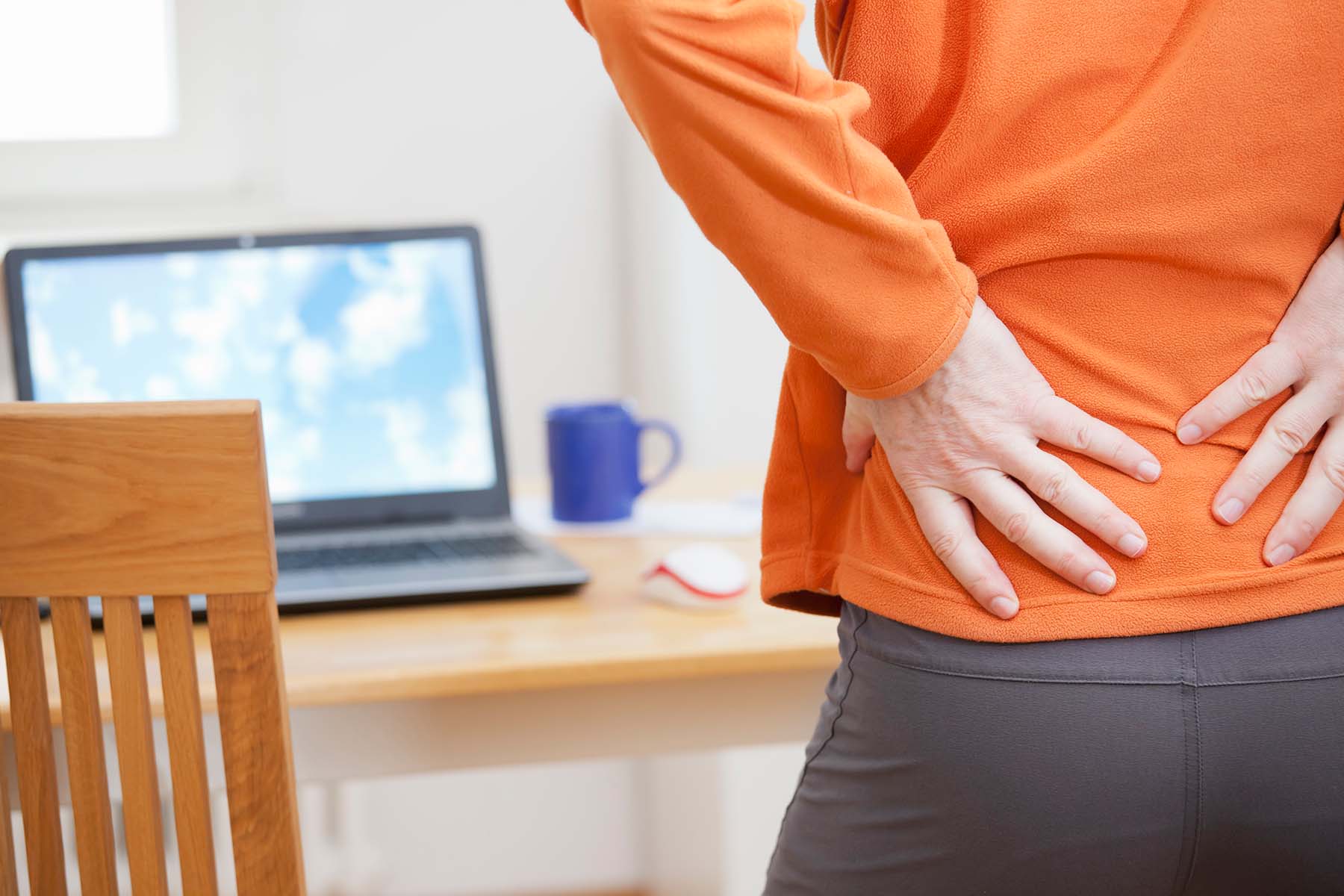Don’t Sit All Day. Time to Get Up and Move.

Desk jockeys and couch potatoes take note:
If sitting is the new smoking, “Exercise is the magic pill to treat diabetes, obesity, cardiovascular disease, anxiety, and depression,” says Thomas Michael Best, M.D., Ph.D., a sports medicine specialist at the University of Miami Sports Medicine Institute.
“Physical inactivity may be the most common chronic disease in our country if not worldwide; two-thirds of the nation doesn’t meet the national recommendations for physical activity.”
The guidelines call for 150 minutes of moderate-intensity physical activity per week and at least two days of muscle-strengthening exercises. Being physically active is so important that Dr. Best, who also serves as UHealth’s director of primary care sports medicine, says all health care providers should consider how much patients exercise as a vital sign, just like blood pressure.
He’s not alone.
Recent research indicates that 30 to 40 minutes of moderate-to-vigorous daily physical activity reduces the adverse health effects of 10 hours of sitting.
The researchers looked at 44,000 middle-aged and older individuals over a four to 14 and half year period. They found that less active people had higher rates of mortality.
“The evidence is quite compelling. You can overcome the problems associated with 10 hours of sitting with 30 to 40 minutes of daily moderate-to-vigorous exercise,” Dr. Best says.
People who do vigorous aerobic exercise can reduce the requirement down to 75 minutes per week.
Thanks to the American College of Sports Medicine and the World Health Organization, the importance of strength or resistance training is being recognized.
“Dollar for dollar, resistance training may be more important than cardiovascular exercise.”
The bottom line? Get up and get moving.
If you lead a sedentary lifestyle and feel the fatigue, lethargy, and aches and pains that go along with it, the concept of “moderate-to-vigorous exercise” might seem daunting.
You don’t have to run a marathon or climb 10 flights of stairs. In fact, if you’re out of shape, that could be hazardous to your health. Keep Dr. Best’s advice in mind: “The main message about physical activity is that some is always better than none.”
Start with baby steps:
Call your doctor today.
Schedule an appointment to see your health care provider. Tell them you want to become more physically active. Based on your current health, ask what they would recommend.
Set a timer.
If your job requires sitting all day, “Get up every hour from your desk,” says Dr. Best.
Hand-deliver a message to your co-worker versus emailing or texting. Stage a “walking meeting.” Stroll down the hall to get a drink of water. Park farther from the office door, so you have to walk more to enter the building. Buy a standing desk. Next time you binge-watch Netflix, put down the remote for 15 minutes between episodes and play with your kids, walk the dog, or do some vigorous housework.
Don’t lounge during lunch.
“If you have half an hour for lunch, eat for 10 to 15 minutes, then walk for 10 to 15 minutes,” says Dr. Best.
Schedule a walk and talk.
When you struggle to juggle a social life and exercise, invite a friend to walk, jog or ride bikes with you. Joining a gym, community sports league, or yoga classes together also strengthens friendship and accountability.
Skip the elevator.
Dr. Best suggests taking the stairs whenever possible.
Out of breath after a few flights? Pause when you need to; your stamina and strength will improve over time.
Take advantage of fringe benefits.
Workplace gyms are a great way to get in a workout. Some Medicare plans offer free gym memberships through the SilverSneakers™ Fitness Program. Get creative if neither is available to you and you can’t afford a membership.
Free weights and other exercise equipment frequently turn up at garage sales or, “Do bicep curls with a 10-pound bag of potatoes,” says Dr. Best.
Invest in a wearable device.
Didn’t get that Fitbit you wanted for Christmas? Treat yourself to a device that tracks your daily movement. It will motivate you and help prevent a common pitfall. “We have studies to support that people overestimate how active they are,” says Dr. Best.
Do what you like to do.
Enjoy music? Crank up the tunes and dance. Love the beach? Get your 30 to 40 minutes by swimming or walking. Want to bond with your fur baby after a long day at work? Go for a walk. Crave competition? Join a community sports league, play pickleball, or a pickup game of basketball or football.
Get thrifty and fit.
Paying someone to clean your house, mow your lawn or wash your car saves time, but how much healthier would your body and bank account be if you took back those chores?
Pursue family fitness.
Think your kids spend too much time staring at screens? Shift the focus to fitness – walk, ride bikes, play sports, and do Saturday morning chores together. They may complain at first, but eventually, they might enjoy the distraction-free time spent together.
Commuting to a desk job that leaves you too exhausted to exercise may seem like a burden you have to bear, but Dr. Best disagrees. “It’s no different than smoking cessation. It’s all about behavior.”
Carve out those 30 to 40 minutes each day, and your life and body will change for the better.
To schedule a consultation at the University of Miami Sports Medicine Institute, call 305-689-5555.
Nancy Moreland is a regular contributor to UMiami Health News. She has written for several major health care systems and the CDC. Her writing also appears in the Chicago Tribune and U.S. News & World Report.
Tags: ability to move, daily exercise, Dr. Thomas Best, move every day
